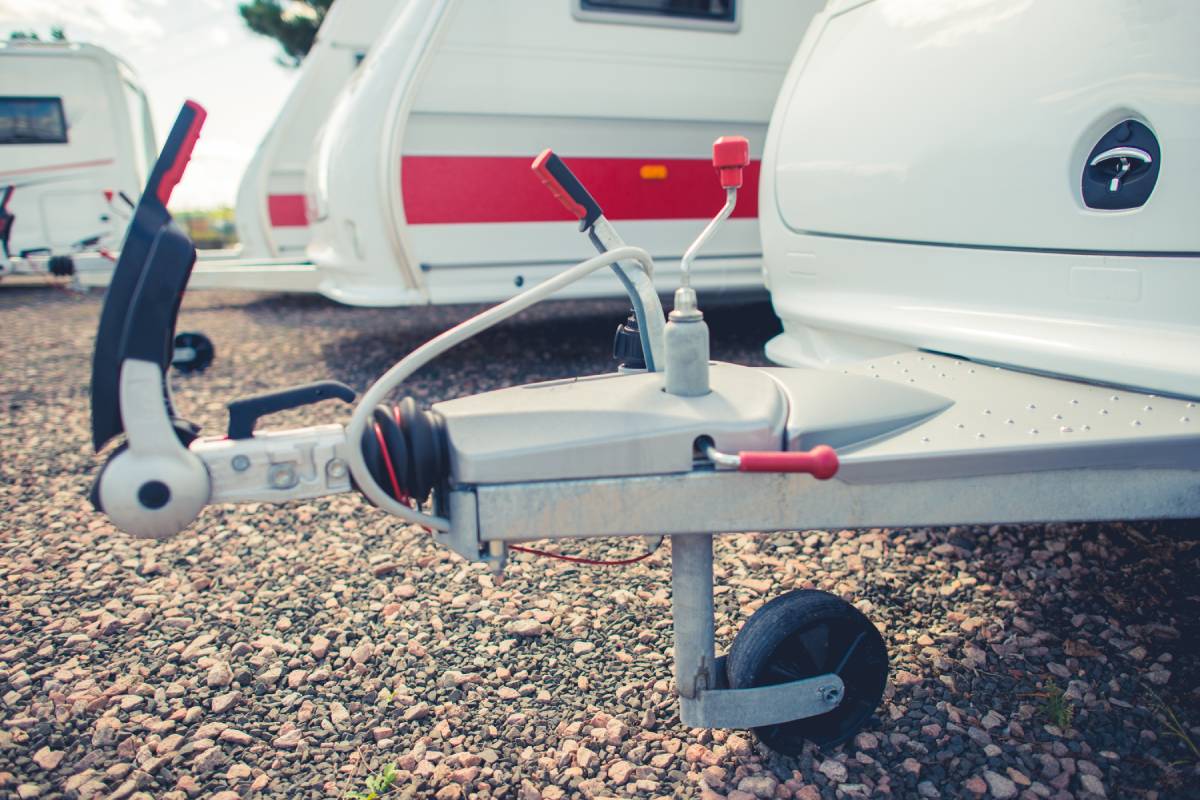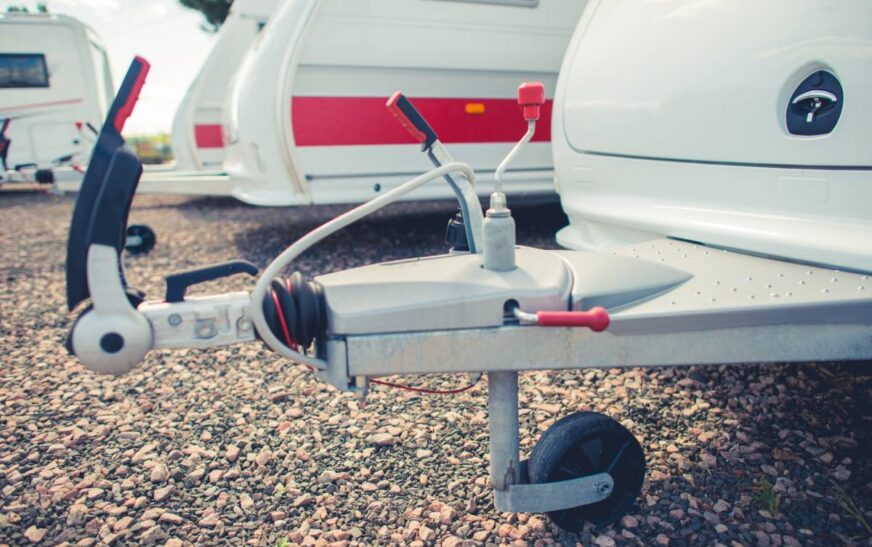In an era where technology seamlessly integrates into our daily lives, the concept of a “smart home” has evolved from a luxury to an expectation. A smart home leverages cutting-edge technology to automate and enhance everyday tasks, making your living environment more convenient, efficient, and secure. But what exactly is a smart home, and how can you transform your traditional house into one?
This article explores the meaning of a smart home, its benefits, essential components, and a step-by-step guide to creating a smart home that suits your lifestyle.
What is a Smart Home?
A smart home is a residence equipped with various interconnected devices and systems that can be controlled remotely, typically through a smartphone, tablet, or voice assistant. These devices are connected via the internet and work together to automate household tasks, monitor energy usage, enhance security, and provide convenient, customizable control over many aspects of home living.
Think of smart homes as technologically enhanced spaces that use sensors, apps, and automation to simplify daily routines—whether it’s adjusting the thermostat, turning off lights, brewing your morning coffee, or securing your home remotely.
Key Characteristics of a Smart Home:
-
Automation: Devices can perform tasks automatically based on schedules or sensor input (e.g., lights turning on at sunset).
-
Remote Control: You can control appliances and systems even when you’re not at home.
-
Integration: Devices communicate with one another, creating a unified experience. For example, a smart lock may communicate with a security camera or lighting system.
-
Adaptation: Smart homes learn your habits over time and adjust settings to suit your preferences.
Benefits of a Smart Home
Smart homes go beyond convenience—they offer a variety of tangible benefits that can improve your quality of life and even save money over time.
1. Convenience
This is the most obvious advantage. You can control multiple devices with a single command or automate daily routines. Voice assistants like Alexa or Google Assistant let you control your entire home hands-free.
2. Energy Efficiency
Smart thermostats, LED lighting systems, and intelligent appliances monitor and reduce energy usage, helping lower electricity bills and your carbon footprint.
3. Enhanced Security
Home security is a top priority, and smart homes take it to the next level with features like smart locks, motion sensors, video doorbells, and real-time mobile alerts.
4. Comfort
Imagine waking up to a pre-heated bathroom floor or having your home cooled just before you arrive. Smart homes make comfort effortless and customizable.
5. Accessibility
For elderly or disabled individuals, smart devices offer greater independence by automating tasks such as door operation, lighting, and shut-off systems.
Popular Smart Home Devices and Their Functions
To create a smart home, you’ll need smart devices. Here are some of the most common categories:
1. Smart Lighting
With smart bulbs or lighting systems, you can control brightness, colour, and timing using your smartphone or voice commands. Lights can also turn on or off based on motion detection or occupancy.
2. Smart Thermostats
Devices like Google Nest and Ecobee allow you to set heating and cooling preferences, monitor energy usage, and adjust indoor temperatures remotely.
3. Smart Security Systems
This includes smart door locks, alarms, motion sensors, and surveillance cameras that integrate with apps to send real-time alerts.
4. Smart Speakers and Hubs
Voice assistants like Amazon Echo or Google Home serve as the control centre for your devices, enabling voice control and device integration.
5. Smart Appliances
Smart fridges, ovens, washing machines, cleaner, and even coffee makers can be programmed or controlled remotely to enhance convenience and efficiency.
6. Smart Plugs and Switches
These allow you to turn standard devices into smart ones. With smart plugs, even older lamps or fans become controllable via apps or voice commands.
How to Make Your Home a Smart Home
Creating a smart home can be as simple or complex as you’d like. You can start with a single device or plan a full home automation system from scratch. Here’s a step-by-step guide to help you build your smart home in a practical and budget-friendly way.
Step 1: Identify Your Goals
Ask yourself: what do you want your smart home to achieve?
-
Do you want better security?
-
Are you looking to reduce energy consumption?
-
Do you want a hands-free and more comfortable lifestyle?
Your goals will guide the type of devices and systems you’ll prioritise.
Step 2: Assess Your Home Setup
Before buying any smart devices, it’s important to ensure that your home is compatible with smart technology. You’ll need:
-
Stable internet connection: Wi-Fi strength is crucial, especially if you plan to install multiple devices.
-
Smartphone or tablet: Most smart devices are controlled through apps.
-
Voice assistant (optional): To tie everything together and allow voice control.
Step 3: Start Small with Essential Devices
The best way to begin is by choosing one or two smart devices to introduce to your home. Good starting points include:
-
Smart light bulbs for living room or bedroom.
-
Smart plug to automate a household appliance.
-
Smart thermostat to control home temperature.
These initial devices will help you understand how smart technology works and identify what other gadgets might benefit your lifestyle.
Step 4: Choose a Smart Hub or Ecosystem
If you plan on managing multiple smart devices, it’s helpful to choose a smart home platform or hub.
Popular Ecosystems:
-
Google Home
-
Amazon Alexa
-
Apple HomeKit
Choosing a hub or ecosystem early on ensures that your devices can “talk” to each other. For example, a smart thermostat may not work with Apple HomeKit but may be compatible with Google Home. Compatibility is key.
Step 5: Expand Based on Your Needs
Once you’re comfortable with a few smart devices, you can expand your system. Consider:
-
Smart security systems to receive instant alerts.
-
Smart blinds or curtains for automatic light control.
-
Smart kitchen appliances to simplify meal prep.
Remember, smart homes should be built at your pace. Add devices as your budget and comfort level grow.
Step 6: Secure Your Smart Home
With great connectivity comes great responsibility. Smart homes are connected to the internet, which means they’re susceptible to cyber threats if unsecured. Here’s how to protect your network:
-
Use strong, unique passwords for each device.
-
Enable two-factor authentication where possible.
-
Professionally install systems that handle sensitive data, like security and door locks.
-
Update your device firmware regularly.
Step 7: Integrate Automation and Routines
Once you have several devices, you can set up automation routines.
Examples:
-
Set lights to turn on automatically at sunset.
-
Program your coffee maker to brew at 6:00 AM when your alarm goes off.
-
Create a “goodnight” command that switches off the lights and locks all doors.
Automation helps your smart home work for you—not the other way around.
DIY Smart Home vs Professional Installation
Smart home installation can typically be done in two ways: DIY or with the help of professionals.
DIY Installation
-
More budget-friendly.
-
Ideal for beginners and renters.
-
Most devices are designed for easy setup with step-by-step app guides.
Professional Installation
-
Best when installing complex systems like integrated security or multi-room automation.
-
Ensures optimal placement, wiring, and security.
-
Ideal for large-scale installations or when renovating/building a new home.
Cost of Setting Up a Smart Home
Smart home systems can be tailored to any budget. An entry-level setup may cost a few hundred dollars for core devices like smart lights and speakers. A fully integrated system with home-wide automation, security, and energy control could cost several thousand dollars.
Fortunately, investing in certain smart devices, like energy-efficient appliances or thermostats, can lead to long-term savings on bills.
Future of Smart Homes
Smart homes are constantly evolving. New technologies like AI, biometrics, and edge computing are pushing the limits of automation and personalization. In the future, we’re likely to see:
-
Homes that adapt in real-time to your habits.
-
Voice assistants that offer proactive suggestions.
-
Energy systems powered by AI-based grid control.
-
Self-healing devices that diagnose and fix their own issues.
Smart homes aren’t just about gadgets—they’re about enhanced living.
Conclusion
A smart home is more than just a tech trend—it’s a lifestyle upgrade. Whether you’re automating your lights or adding a full security system, each smart feature brings added convenience, savings, and peace of mind. The best part? Anyone can start building a smart home, one device at a time.
If you’re ready to explore or upgrade your smart home solutions, Reds Power Solutions can help you power your vision with expert advice and cutting-edge technology.
Let your home work smarter—so you don’t have to.










